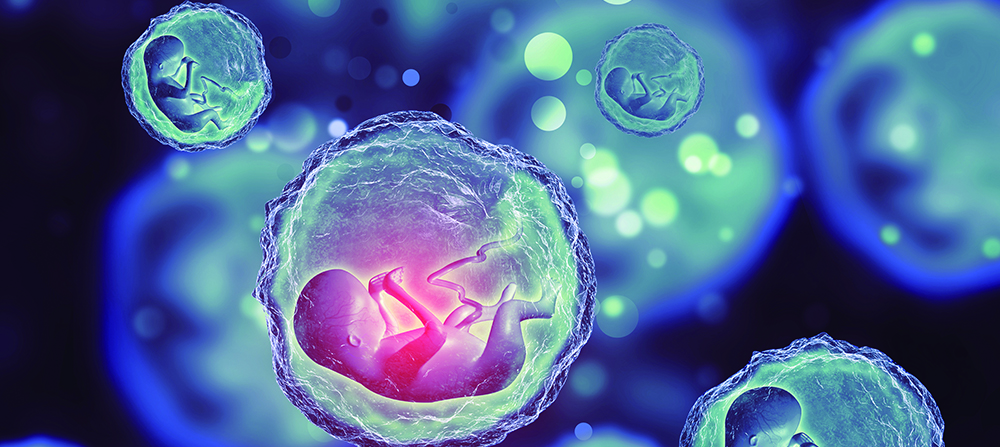Reproductive Medicine Center | Our Speciality
Our Speciality

In short, IVF refers to the process where ovulation injections are administered for 8-12 days (depending on individual reactions) and the egg and sperm are taken for in vitro fertilization and culture, which, after developed into an embryo, is then transferred back to the mother's uterus for implantation and further growth.
IVF can be divided into the long-cycle type (2 menstrual cycles) and short-cycle type (1 menstrual cycle).

Artificial insemination refers to the injection of sperm (which has been washed) directly into the top of the uterine cavity (which is close to the entrance of the fallopian tubes), so that a large number of sperm can enter the fallopian tubes and fertilize the egg to greatly reduce the swimming distance of sperm and improve the chance of conception.
Indications for artificial insemination include: poor cervical secretion, exclusion of sperm or poor sperm motility, difficulties in ejaculation problems among men, and vaginal cramps and contractions.
Generally, follicle stimulating drugs are used for about 8-12 days to stimulate ovulation and improve the pregnancy rate in artificial insemination. Ovulation injections in collaboration with artificial insemination can raise the pregnancy rate to up to 15-20% in each cycle.

Once the ovulation needle is administered, the physicians will regularly track the size and number of follicles. After the size of the follicle is found to be larger than 1.8 cm in diameter, the hCG injection (Ovidrel) will be applied for 35-36 hours before the egg retrieval surgery.
In addition to IVF treatment courses such as the "natural cycle therapy" and the "simplified stimulus therapy," the Reproductive Medicine Center is also a leader in the development of Preimplantation Genetic Diagnosis (PGD) and the egg freezing technology compared to other Central Medical Centers in central Taiwan. The highly advanced egg freezing technology has benefitted many women who have cancer but still wish to have children or those who wish to delay pregnancy as they have other life plans, as it can help women keep healthy or young Eggs for future fertility needs. Physicians will also use amniocentesis and genetic testing to check whether the fetus has any chromosome defects or any metabolic abnormalities in order to ensure the health of the fetus.
In the past, Tamoxifen was often used in the treatment of breast cancer. Tamoxifen is an anti-estrogen drug in terms of its pharmacological effect, so it can also be used as ovulation drugs. And we also have abundant experience in this area.
Traditionally, orally-administered ovulation drugs Clomid has been used much to stimulate production of follicles, but it is easy to cause thinning of the endometrium and thickening of cervical mucus, which are unfavorable factors in infertility treatment. Tamoxifen is used in the same way as Clomid, and it shall be taken for five days in the early follicular phase. As for the clinical pregnancy rate, Tamoxifen exhibits the same effects that the orally administered ovulation drug Clomid has, but Tamoxifen causes no changes in endometrial thickness. So patients who encountered issues such as less effective treatment or endometrial thinning with Clomid can try to use Tamoxifen instead.
